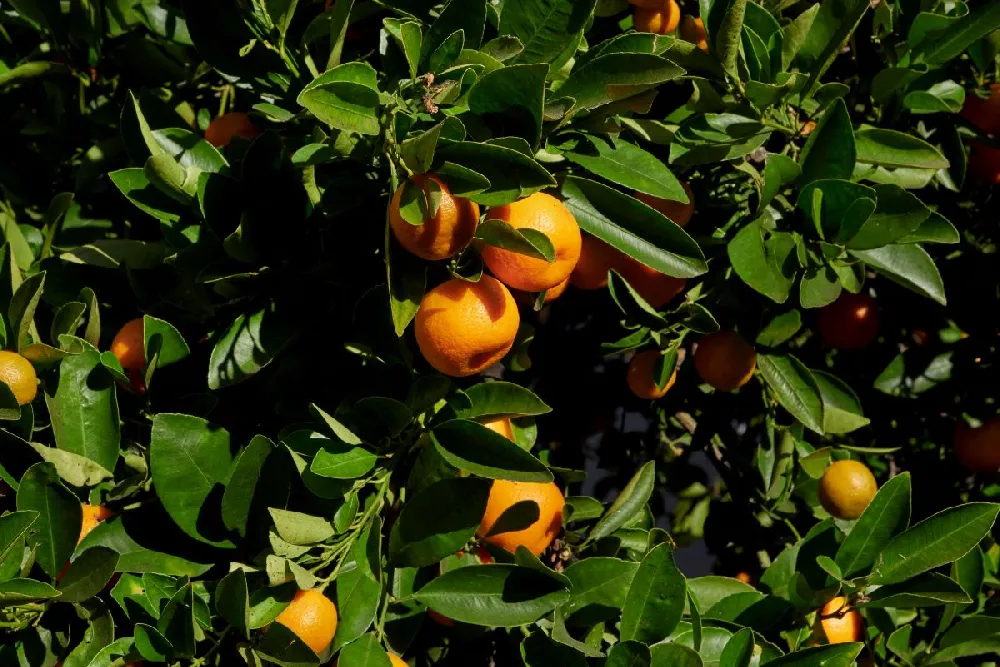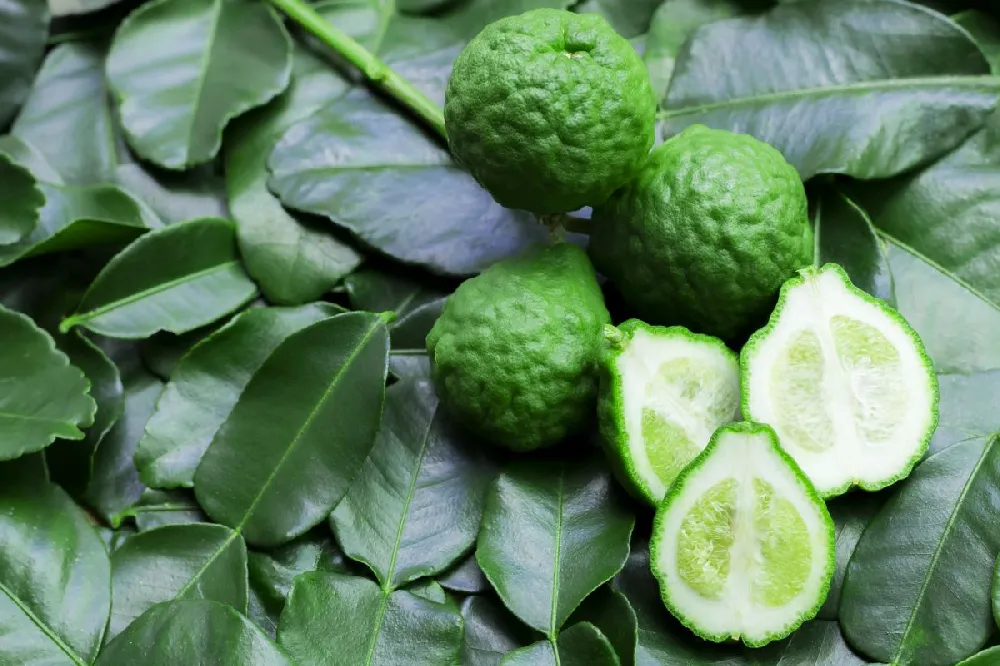- Home >
- Ornamental Plants >
- Persian Bearss Lime Tree
Persian Bearss Lime Tree for Sale
- Ships in 1-2 days
- 1-Year Warranty Eligible
- Pots or accessories are not included unless specified in the product options.
Shipping Details:
Once your order is shipped, you’ll receive an email with a tracking number and estimated delivery date. Most orders ship immediately, but some items are seasonal and may only ship in spring or fall. These products are noted on the website.
If you look past the odd name, it's easy to see why having a Persian Bearss lime tree or two is an excellent idea. This attractive citrus tree maintains a petite and compact form that works great in smaller gardens or on patios. It can be container-grown throughout much of the U.S., and this tree is generally an easy-to-care-for plant that asks for little and gives a lot. Of course, the best thing about it is the fruit, which is seedless and slightly larger than a key lime. Persian Bearss limes are flavorful and acidic, great to add to drinks or use in cooking whenever limes or lime juice is called for. If that's not enough to have you wanting one, here are a few more reasons why you need a Persian Bearss lime tree, Citrus latifolia:
- Its height tops out at a manageable 8 feet, and it can be kept shorter with pruning.
- These lime trees are generally disease-free.
- Lovely fragrant white flowers with a purple margin cover the tree in spring.
Plant Care
Sunlight

Site your Persian Bearss lime tree where it will get full sun: six to eight hours of direct light a day.
Watering
Water whenever the top 2 inches of soil are dry; roughly once a week in moderate weather.
Fertilizing

Fertilize with a fertilizer designed for citrus fruit throughout the growing season; taper back in winter.
Planting and Care
Planting instructions
If planting your Persian Bearss lime tree outside, be sure to place it in a spot with soil that drains well, where it will get at least six hours of direct sun a day. The trees can tolerate some shade, but too much shade might impact the harvest size. Unpot your tree and tease out any encircling roots, which can girdle the tree and eventually kill it. Dig a hole as deep as the root ball and twice as wide, and throw in a few handfuls of well-rotted compost or manure. Place the tree in the hole and, holding it steady and upright, fill in around it with topsoil, tamping down as you go to eliminate air pockets. Water thoroughly. Apply a 2- to 3-inch layer of an organic mulch, such as bark chips, to help conserve moisture and deter weeds.
Watering and nutrients
Persian Bearss lime trees like moist soil, but they can’t handle standing water. Water them regularly when the top 2 inches of soil are dry, but stop before the water starts puddling, or, for a container plant, when you see water coming out of the drainage holes. Fertilize your tree with a plant food designed for citrus trees. Fertilize throughout the growing season as package directions indicate. In winter, taper back and feed lightly every few months.
Pollination
Persian lime trees are monoecious, or self-fertile. This means you should be able to harvest limes even if you only have one tree — though you may get a larger harvest if you have more than one. Bees and other flying insects do the work of pollinating the tree’s attractive white flowers, but you can help them along by using a small paintbrush to transfer pollen from the male anthers on a flower to the female stigma in the center of the bloom.
Pruning
Prune any dead, diseased, or damaged limbs off your Persian Bearss lime tree whenever you see them, cutting back to healthy wood. You can also prune your tree to control its height in later winter or early spring.
Pests and diseases
Persian Bearss lime trees are generally hardy, unbothered by pests or diseases, so it’s unlikely that you’ll have to deal with any health challenges. You may occasionally see aphids, scale insects, or citrus mites on the trees. A healthy tree can fend off minor infestations on its own, but you can help it with the use of neem oil. Diseases that sometimes appear on lime trees include black sooty mold, which is a fungal disease that can be handled with insecticidal soap. Brown fruit rot may attack the limes and cause brown spots. Cut out any infected fruit and spray your tree with a copper fungicide.
Harvesting
Although a ripe lime will turn a light yellow, many people harvest their Persian limes when they’re green. They are more acidic and have more flavor at that point. Harvest by cutting off the fruit with a clean pair of clippers, and store your limes in a cool place until you use them.
Achieving maximum results
In most of the continental U.S., the Persian Bearss lime tree must be grown in a pot or container that is brought inside in the winter, whenever temperatures go below 20 degrees Fahrenheit. Doing so isn’t difficult: these little trees take well to the more confined conditions of container growing, and your plant should thrive if you place it in the sunniest window in your home. Be sure to keep an eye on the moisture level in the container, since you may need to water your indoor tree more frequently than you would a garden-grown tree. You can also help increase the humidity by placing your tree’s container in a low tray filled with water, and it is helpful to mist the leaves occasionally.
FAQs
How soon will I get a harvest from my lime tree?
If well-cared-for, your tree might give you a light harvest as early as the first year after planting. You may get a larger harvest with a tree that is grown outdoors; container-grown plants may take a bit longer to size up for fruit growing. You should see ripe fruit on your tree about 90 to 120 days after flowering.
What's the best way to use the fruit?
Few people have any interest in eating a raw lime fresh from the tree. But the fruit can be, and often is, used to supply lime juice for drinks or as a garnish. You can also cook with Persian limes, using them in any recipe that calls for limes or lime juice.
How are Persian Bearss limes different from other limes?
They tend to be slightly larger, for one thing, and they have a thicker skin. The flesh is seedless and very juicy, and if the limes are picked when they are green, they will be very acidic.
Compare Similar Products
You can't add more Product Name - Product size to the cart.
OK








